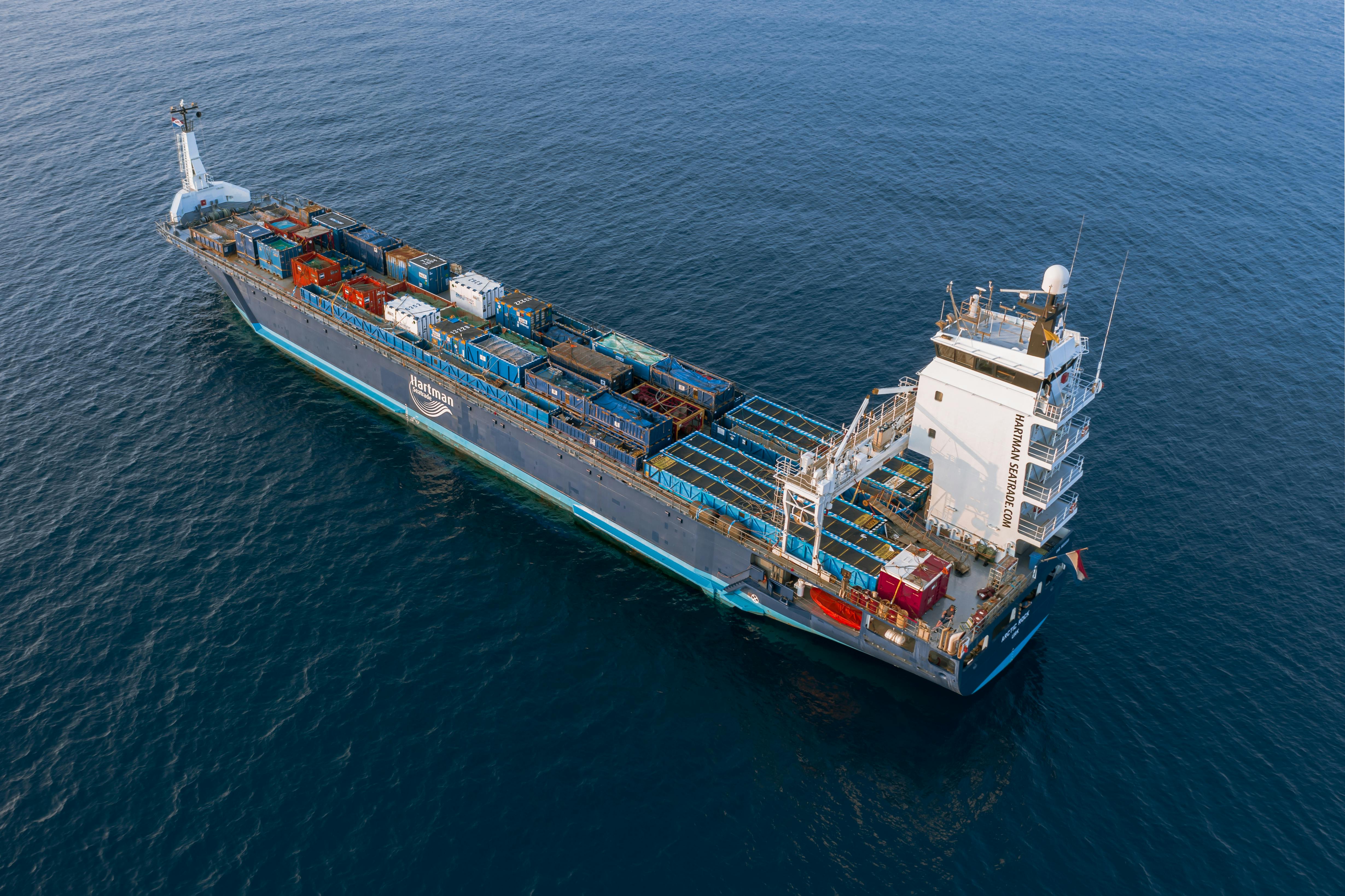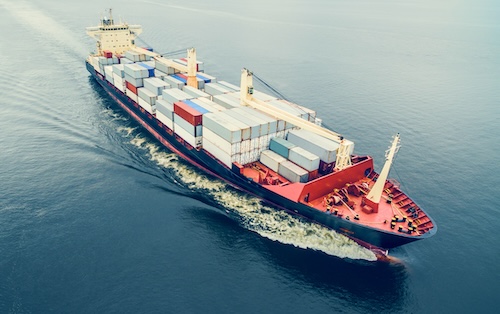Why Businesses are Flocking to Silq: The Secret Weapon Against Hidden Import Costs

Navigating the intricate web of global trade, supply chain professionals understand the paramount importance of precise landed cost estimation. More often than not, it comes down to a delicate balance between cost efficiency and regulatory compliance. However, nailing down this balance has always been elusive for many companies, primarily due to the multifaceted elements that define landed costs. Thankfully, Migrate with Silq has emerged as a pivotal tool, promising to reformulate the way professionals approach landed cost estimation.
The Stark Reality of Wrong Estimation
Landed cost estimation is more than just numbers—it's the foundation on which profitability is built. When these estimates veer off track, the repercussions can be damaging, both in terms of finance and business strategy.
Several recurrent issues contribute to misestimations:
- Hidden Fees: Beyond the standard shipping costs lies a labyrinth of charges professionals often grapple with. Take demurrage and detention, for example. While demurrage fees apply when an importer doesn't clear containers from the port within the allocated free days, detention fees pile up when containers are not returned to the port post-clearance. Then there's the realm of accessorial charges, addressing specific needs like liftgate service, inside delivery, or limited access locations. Grasping these nuances ensures that professionals aren't caught off guard when the invoice arrives.
- Tariffs & Duties: The seasoned professional knows that tariffs aren’t static. They shift with international relations, trade agreements, and political climates. An ongoing challenge is the variable rates applied based on product classifications. Misclassifying a product can lead to higher duties, or even penalties. Regular reviews, leveraging HS Codes, and monitoring global trade dynamics are essential to keep landed costs in check.

- Currency Fluctuations: In the interconnected global marketplace, currency stability is paramount. Consider how European supply chain professionals had to recalibrate their cost strategies during the EUR/CHF cap removal in 2015, or those trading with emerging markets where currencies can be highly volatile. Strategies like forward contracts or options become tools of the trade, acting as safeguards against sudden shifts.

- Data Integration: With the advent of IoT and advanced logistics platforms, real-time data integration isn't just a luxury – it's a necessity. Legacy systems, operating in silos, can obfuscate costs lurking in the shadows. Efficient data systems not only pull in transportation costs but integrate with customs, compliance platforms, and even predictive analytics tools, offering a holistic view of landed costs.
- Operational Overheads: The devil is in the details. It's not just the physical product import; it's the post-import processes. Quality checks, local compliance labeling, repackaging, storage – these intricacies can be as fluid as they are diverse. Especially for those dealing with perishables or regulated goods, the overheads can be manifold and often shift with local regulations.

- Unforeseen Delays: Predicting the unpredictable is part of the job. Whether it's weather anomalies, labor strikes, geopolitical events, or even infrastructure breakdowns, these delays cascade down the supply chain. It’s not just the direct costs; it's the ripple effect. A delay might mean rerouting shipments, storage fees, or even contractual penalties for missed deadlines.
When businesses misestimate, they're not only chipping away at their margins but also risking their market position, consumer trust, and long-term sustainability. Hence, refining the estimation process is not just a financial imperative but a strategic one.
How Does it Work?
In essence, the comprehensive and real-time data-driven approach of Migrate with Silq would have not only provided Globex with accurate landed cost estimations but also actionable insights to navigate the challenges.
In the dynamic world of global imports, the journey from supplier to end consumer is filled with variables. While no tool can claim to eradicate all uncertainties, having a sophisticated, data-integrated solution like Migrate with Silq equips businesses with the foresight and agility to make informed decisions. While Globex might not be real, there are plenty of real companies like it in the realm of international trade, a shift towards such comprehensive tools might be the difference between successful ventures and costly misadventures.
Ready for Supply Chain Predictability?
Importers using Silq ship smarter, safer, and with total control.







